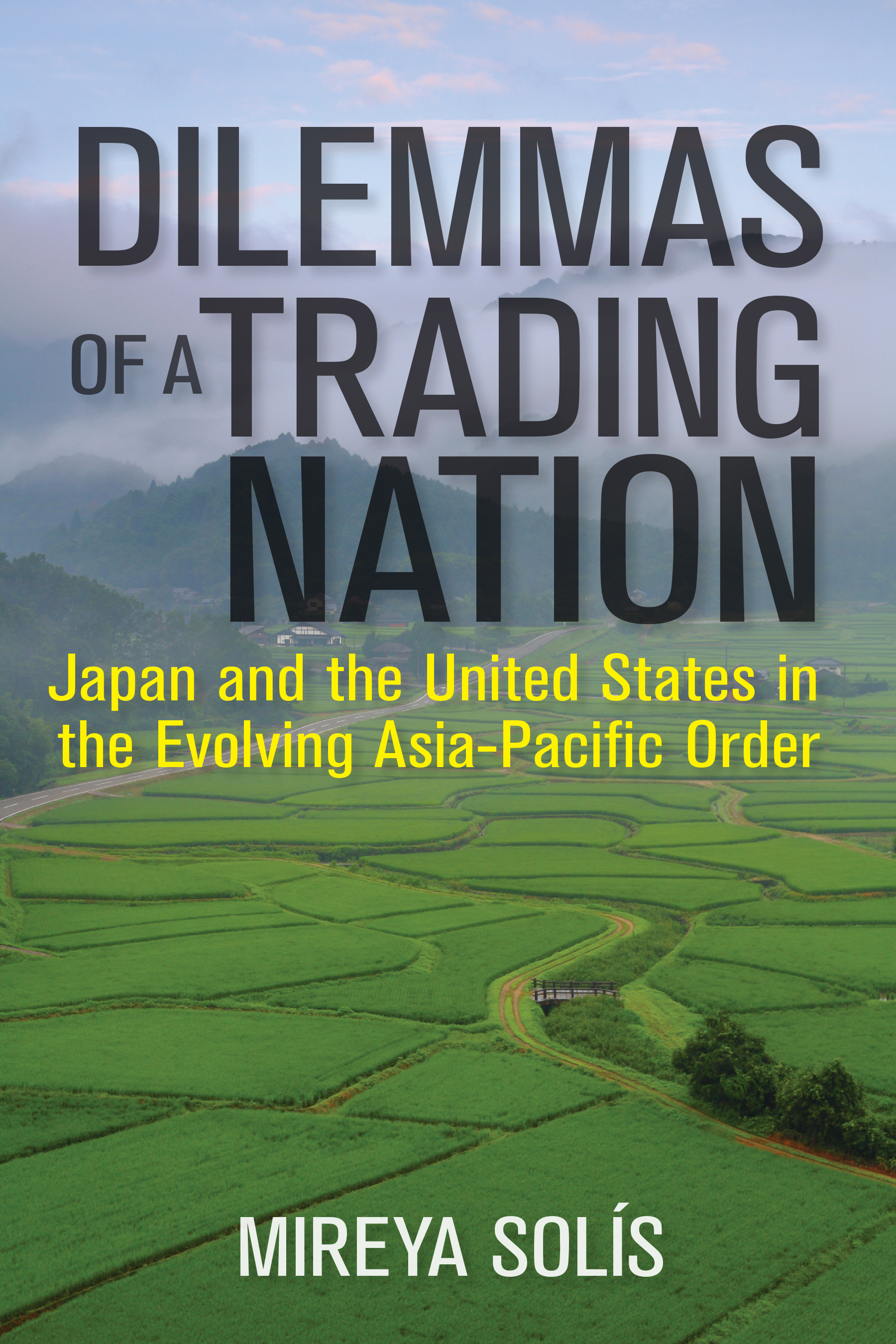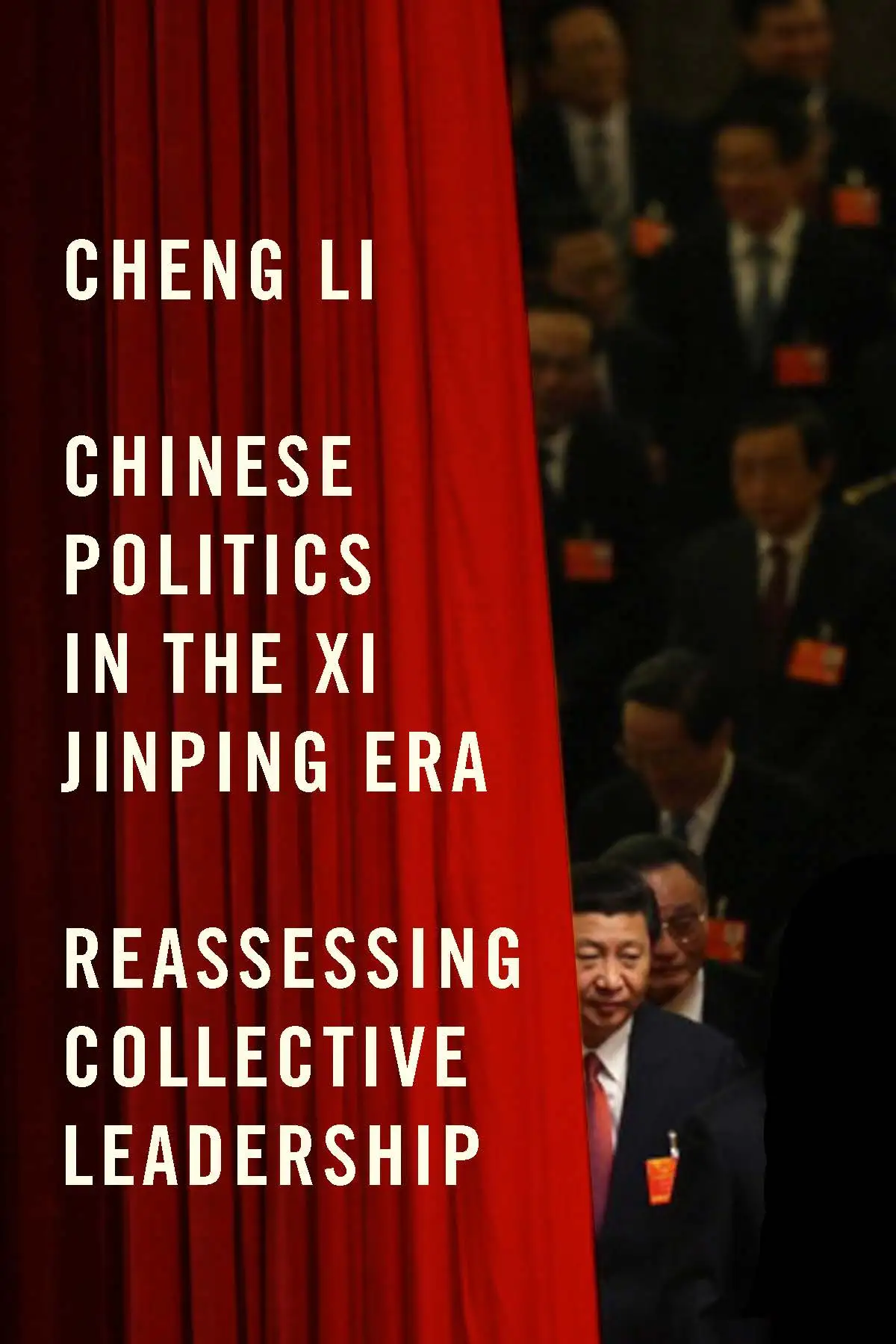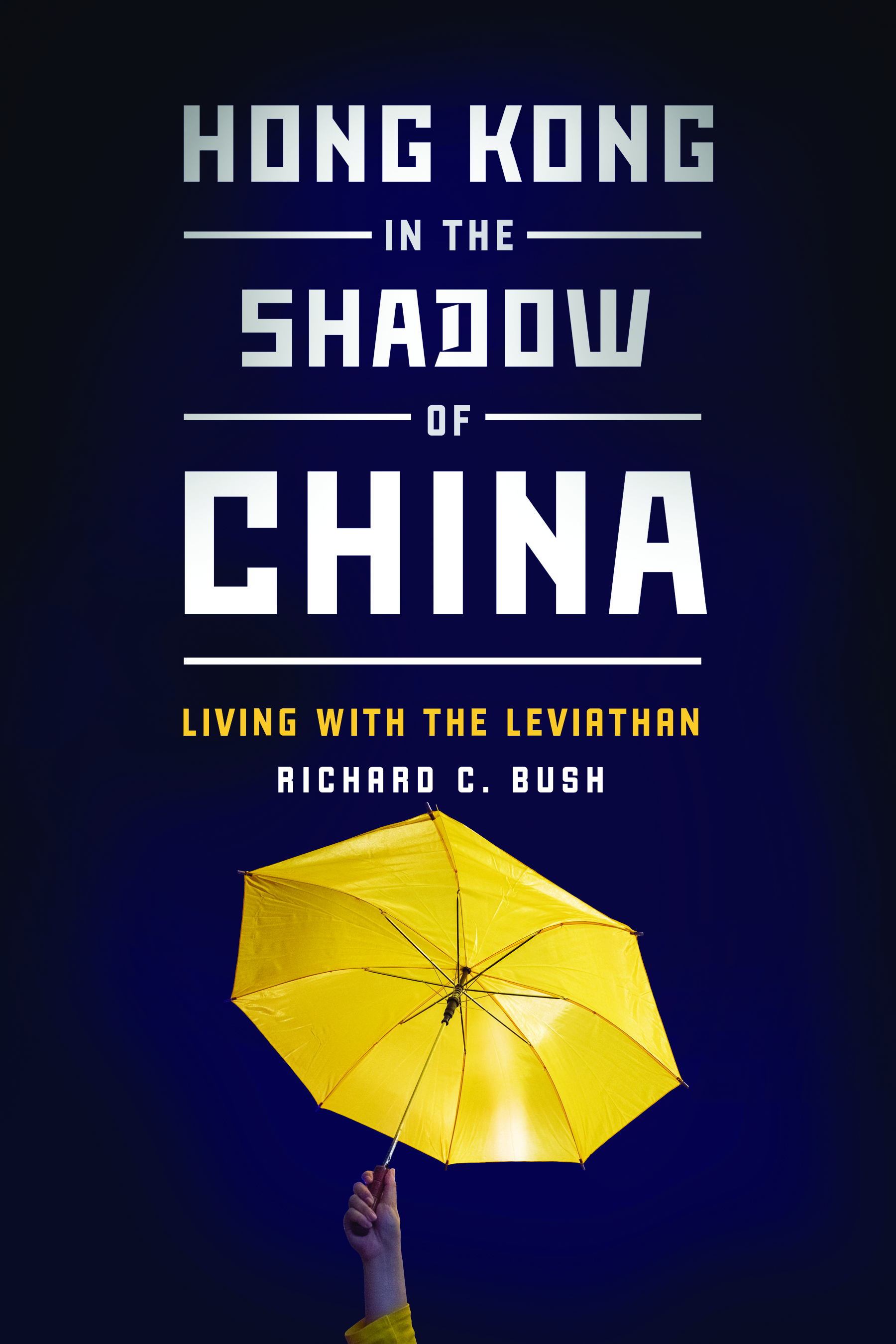Last week the Bush administration casually announced that it will send close to 2,000 troops to the southern Philippines to help fight the Abu Sayyaf group (ASG), one of several Muslim separatist groups which have threatened internal security for more than a decade.
The administration was careful to place the move in the context of its ongoing alliance with the Philippine military. Shortly after the war in Afghanistan concluded in late 2001, the United States provided advisers to help the Philippine military strengthen its pursuit of the ASG. Under the new arrangement, which the Pentagon says has no time limit, U.S. forces would take up combat positions.
However, the Philippine government has acknowledged that a new phase of the training exercise will go forward, but it denies that U.S. soldiers will assume combat roles. Vice President Terfisto Guigona has suggested that the move would violate a constitutional provision which forbids foreign combat troops without Senate approval. The government is clearly worried about containing anti-U.S. demonstrations, particularly as the United States appears to move closer to a war in Iraq that is broadly opposed in Southeast Asia. Why did the United States apparently jump the gun on this issue, and what message was it trying to send on the war against terrorism?
On both sides of the Pacific, the crossover from “advisers” to combatants is a disturbing reminder of a similar turning point in Vietnam, when the United States took over a civil struggle with Cold War overtones and turned it into a major American war. There is little possibility that the fight against the Abu Sayyaf will reach the proportions of America’s involvement in Vietnam. The similarity is that the United States may once again be seeing, and investing, too much in a local conflict.
Opinions differ on whether the Abu Sayyaf has retained the ties it had to Al-Qaeda in the 1990s, and whether it is part of the loose consortium of Islamic separatists in Southeast Asia. In the Philippines, the bigger fish is the Moro Islamic Liberation Front (MILF), a more ideological faction which has ties to the Jemmah Islamiah, Southeast Asia’s homegrown terrorist network. Manila alternates between negotiation with the MILF and military pursuit of it.
Last year Filipinos worried that the joint exercises with the United States would engage the MILF and destroy possibilities for a peace agreement. The danger of that would rise with American combat troops on the ground.
A more muscular American presence will undoubtedly strengthen the political appeal of the MILF and other extremist elements in some quarters of the Muslim community. One Muslim leader predicts that the new military arrangement could be the single factor that unites the disparate radical groups in the southern Philippines.
For Washington, however, the significance of the operation is as much or more in the message it sends as in the battle on the ground. The administration was attempting to demonstrate—to the world and to the American people—that it has not abandoned the war on terrorism for a myopic focus on disarming and deposing Saddam Hussein.
But Southeast Asia has obviously received a different signal on this score. The timing of the controversial move in the Philippines, with war in Iraq apparently growing closer each day, will inflame extremism further and could tip a delicate balance in the region which has thus far favored moderates.
An announcement that was intended to suggest the United States is omnipresent in the war against terrorism only makes it look omnivorous in a war against Muslims. The fact that Washington leaped to announce the combat operation, without having Manila fully on board, only reinforces fears of American unilateralism. The irony is that a move meant to shore up Southeast Asian security may actually undermine it.
The timing also may be viewed as opportunistic in the context of political developments in the Philippines. Since Sept. 11, 2001, the United States has increased intelligence sharing and technical assistance to several governments in Southeast Asia to fight terrorism. All the while, however, Washington has held out the possibility of military support for anti-terrorist campaigns as well.
In post-Cold War Southeast Asia, where sovereignty matters more than ever, no leader could invite American combat forces onto national territory without assuring his (or her) political demise. The critical difference in the Philippines at the moment is that President Gloria Macapagal-Arroyo does not intend to run for re-election next year, making the issue of damage to her political career moot. Washington may have seen this as safe, but Southeast Asians could see it as cynical.
At the very least, the administration has been careless in its handling of a very delicate issue in a troubled time. If it continues to ignore these potentially dangerous disconnects, it may find that the only victory possible in the Philippines is a pyrrhic one. A small radical group may be eliminated, but at too great a cost to America’s image at a time when allies are increasingly hard to find.







